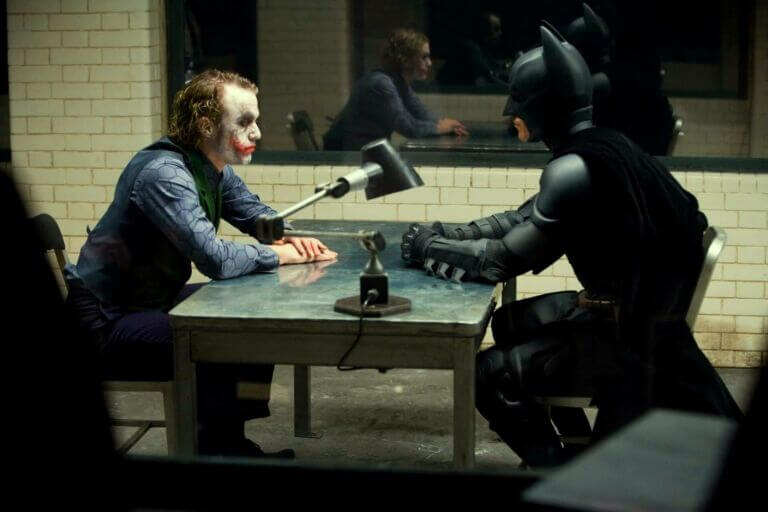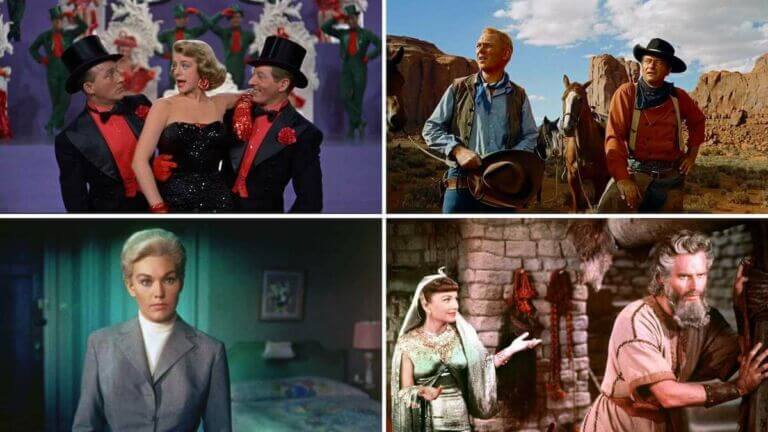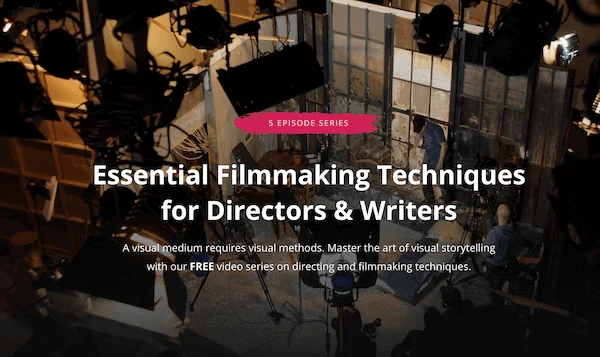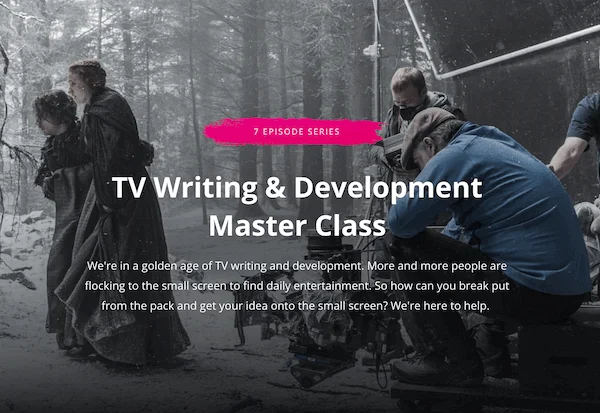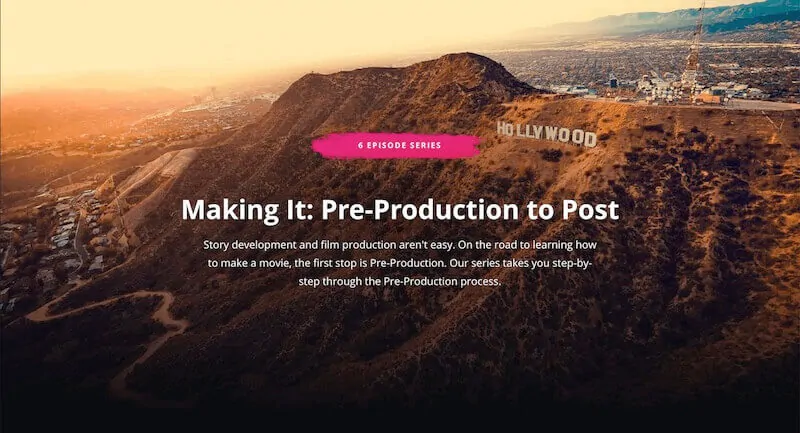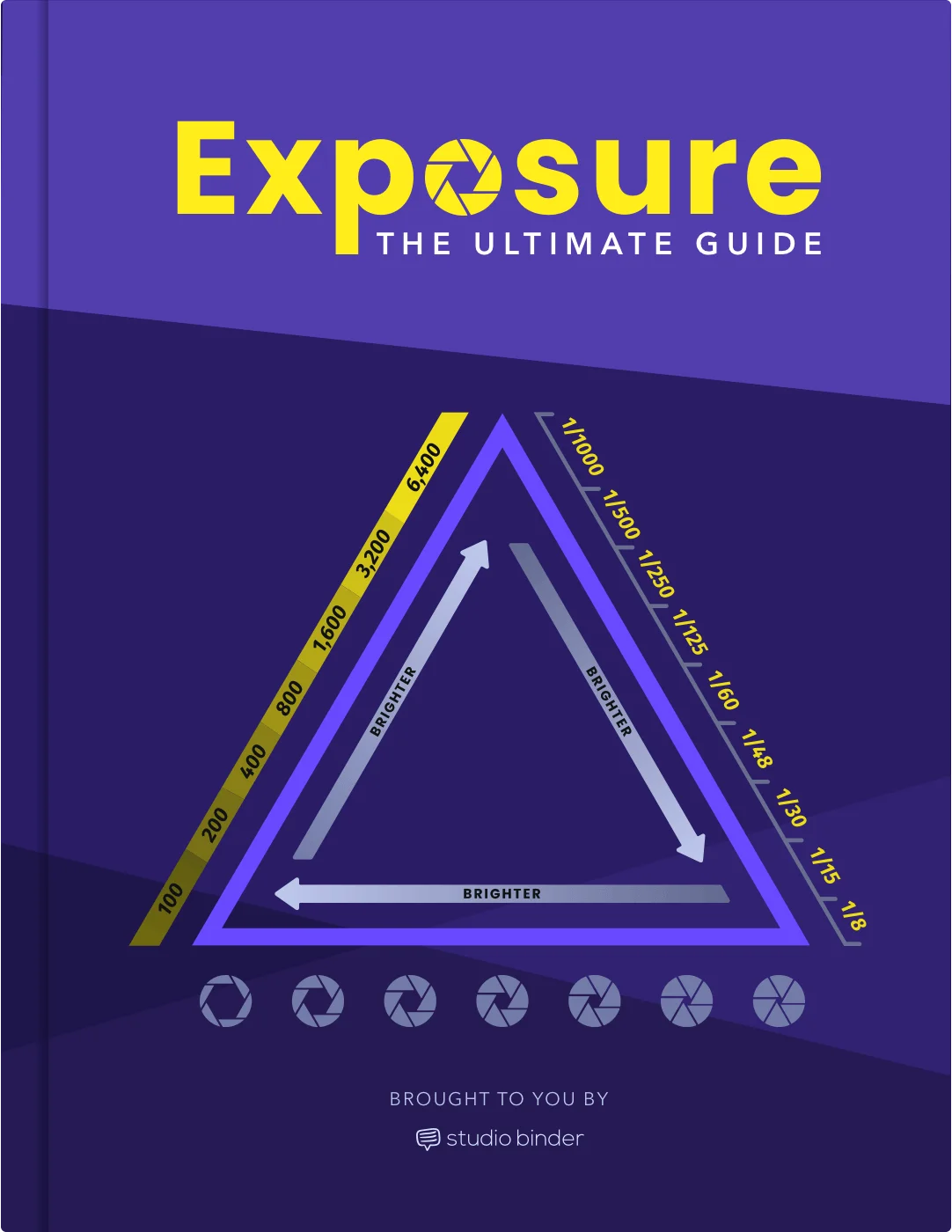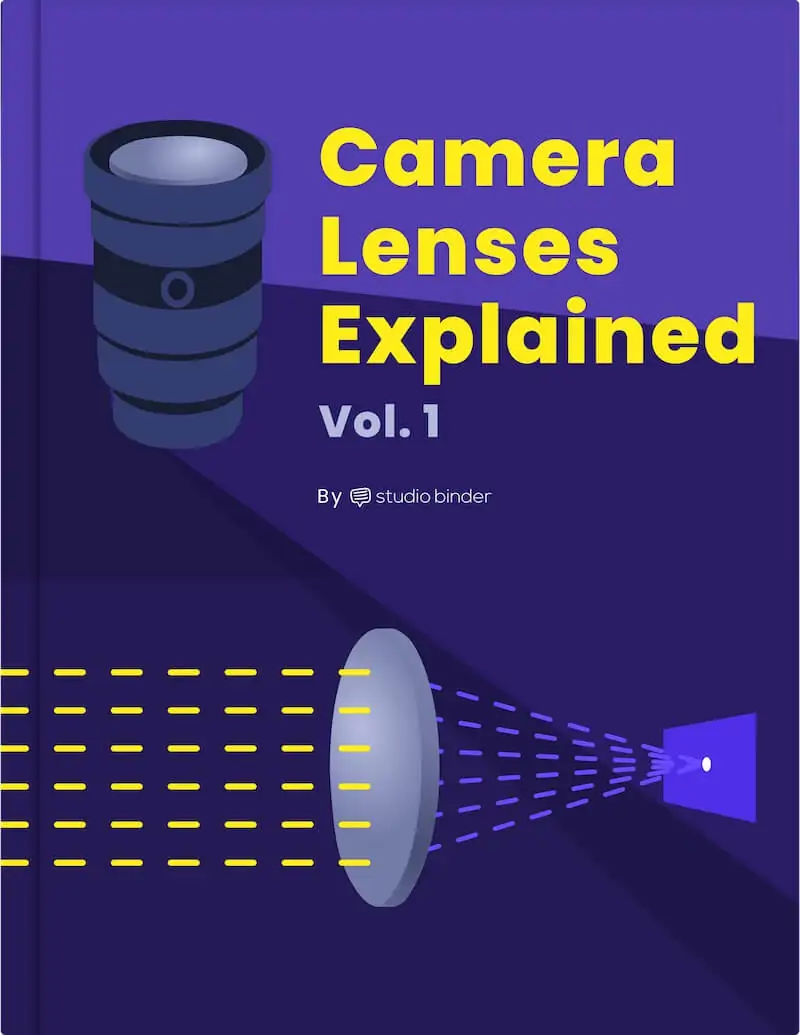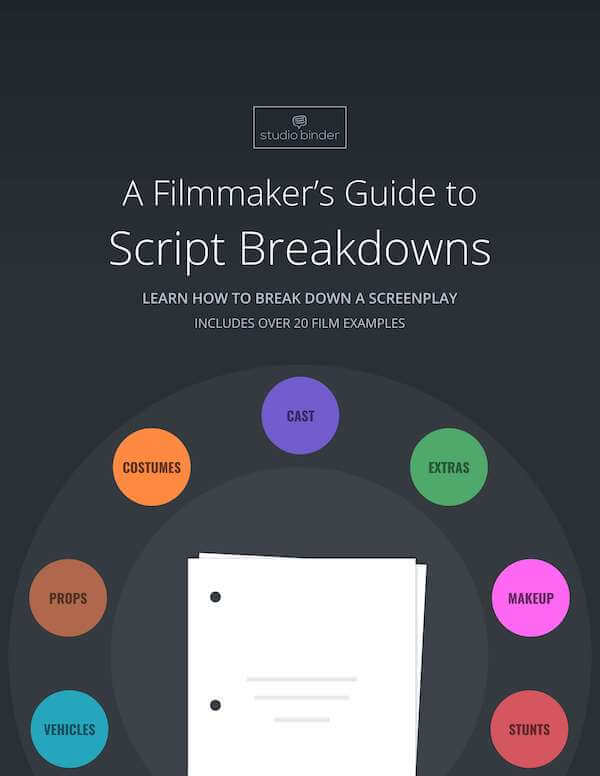I want to write a film script, you say, but I don’t know where to start! What are the steps of writing a movie script? How do I begin the work that might result in a classic of page and screen? Every writer, no matter how great or famous, confronts the blank page. This is particularly true in screenwriting, since a screenplay is mostly blank space. Properly formatted, each page gives you just a handful of lines to unfurl an entire story world. This may seem daunting, but there are plenty of tried and true methods to teach you the best…
There is a saying: the best film editing is the editing that nobody notices. Though there are exceptions, this is pretty widely accepted as truth for the most part. So if good editing purposely avoids standing out, how are the nominees and winners of the Best Film Editing Oscar picked out and decided?The editing style of a particular film is at the behest of the story being told and the style of the director telling it. Large-scale films that are grand in scope and full of flashy, complex sequences are sure to impress, which is why war films tend to…
Detective movies love a good interrogation scene. It’s when the protagonist finally meets her foe, sitting across from him in a small room with nothing to do but talk. For filmmakers, these scenes are a dramatic goldmine, allowing them to dig into the psyche of their two leads while also revealing key plot details. At the same time, however, it can be difficult to keep these scenes engaging. Two people sitting and talking is not the most cinematic scenario. In this post, we’ll dissect one of the most iconic scenes in cinema history: The Dark Knight interrogation scene. By examining…
Video transitions are used in just about every film and video – and they play an enormous role in the subliminal or liminal effects of moving from shot to shot. As such, knowing when and how to use specific types of editing transitions in film – like wipes, fades and pans – can make your project better than ever before. We’re going to break down a variety of different types of editing transitions in film with examples from cinema history. By the end, you’ll be ready to apply video transitions in your own works!Continue reading Types of Editing Transitions in…
When you think of some of the most iconic films in cinema history, quite a few also have an iconic prop. The Godfather and the horse head, The Wizard of Oz and Dorothy’s shoes, and of course Star Wars and the lightsaber. All of these props differ greatly from each other in how they look and how they are used. But all, nonetheless, are props. So, what is a movie prop and what purpose does it serve? We’ll answer these questions and more. Continue reading What is a Movie Prop — Types of Film Props & Why They Matter
It is not uncommon for writers to find inspiration from their dreams. Dreams are a canvas of the subconscious that humans have innately interpreted throughout history. This allure to deciphering dreams has made them an incredible storytelling mechanism. Many screenwriters utilize dream sequences for their strong imagery and effective storytelling abilities. In this article, we’ll analyze how to write dream sequences in film and the do’s and don’t of the craft. Continue reading How to Write Dream Sequences in Film — Format & Story Tips
If you ever took any type of film editing class or read a book on film editing, L cuts might have been among the first techniques you learned. This is because it is one of the most effective techniques at creating a natural flow of a film. Nearly every single movie you watch will have some sort of L cut within its edit. So what is an L cut? Let’s find out.Continue reading What is an L Cut in Film — Editing Transitions Explained
Christopher Nolan is one of the most revered directors of the 21st century, known for his cerebral blockbusters like Inception and The Dark Knight. Much is made of his striking visual style and expert direction, but his work as a screenwriter is equally important to his career success. While Nolan’s cinematic subjects are far ranging—from sci-fi epic to revenge thriller to war drama—there are many common themes and tools that he uses time and time again. Let’s look at the Christopher Nolan writing process and what every writer should take away from it.Continue reading Christopher Nolan’s Writing Process Explained & Script…
Before the 1950s, nearly every single movie was in the same 4:3 aspect ratio. But then CinemaScope from 20th Century Fox changed the landscape with widescreen imagery to get people into theaters nationwide. Pretty soon, other studios were making their own widescreen movies, including Paramount Pictures with VistaVision. What is VistaVision, you ask? Well, it takes a bit of explaining, so if you can, please join us as we look into the origins of VistaVision, what it was like, and why it still matters today.Continue reading What is VistaVision — A History of Widescreen in Hollywood
When people ask me if I went to film school, I tell them no, I went to films. - Quentin TarantinoQuentin Tarantino is not just a world-class filmmaker but also a renowned film lover. He is a lifelong cinephile with an encyclopedic knowledge of the medium. Tarantino always packs his films with homages to the movies he loves. He even uses his renown as a means to provide exposure to films that he believes deserve more success. These are often foreign language films or older films that never found their audience. The following list is not in order of preference.…


